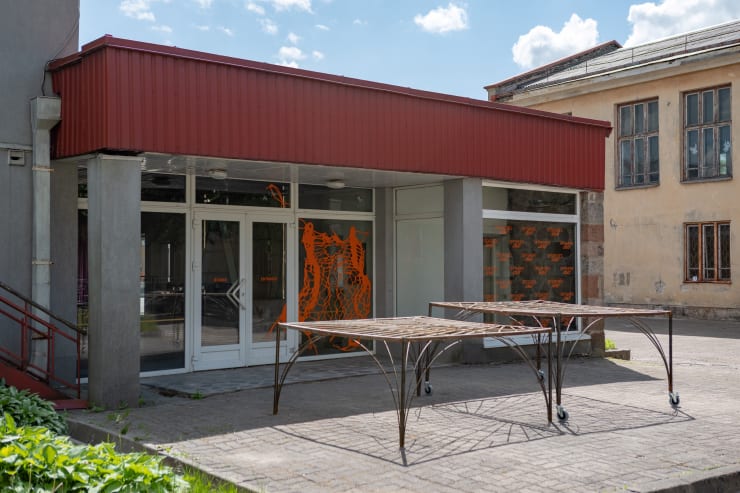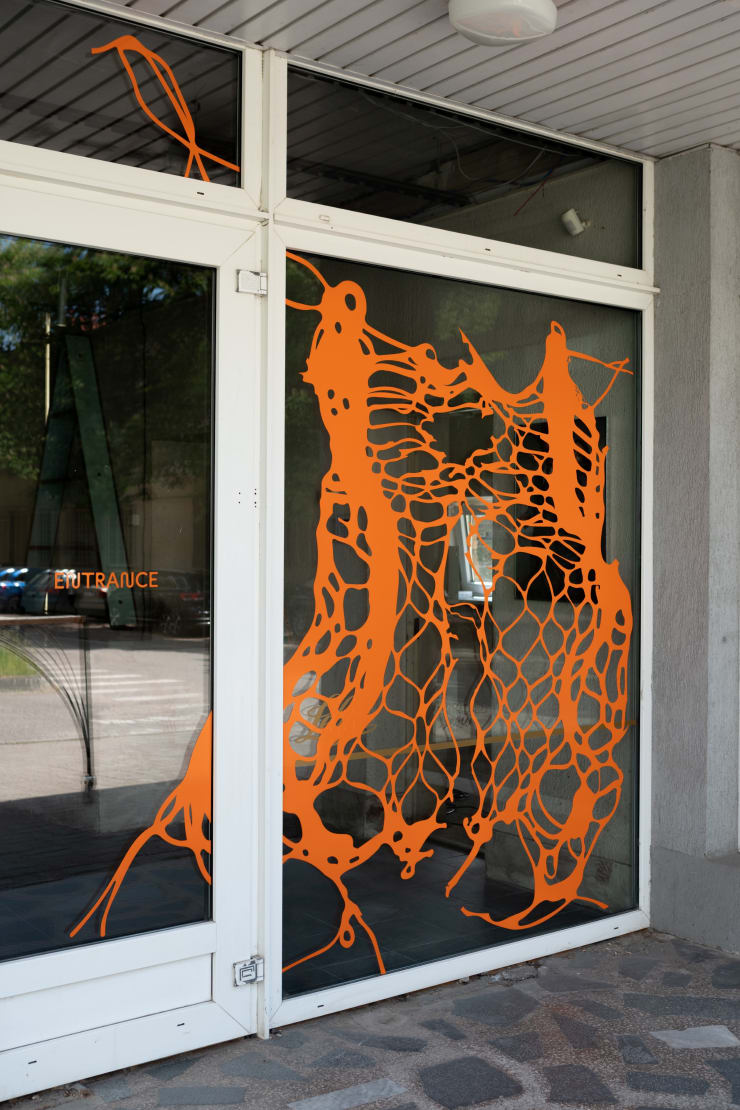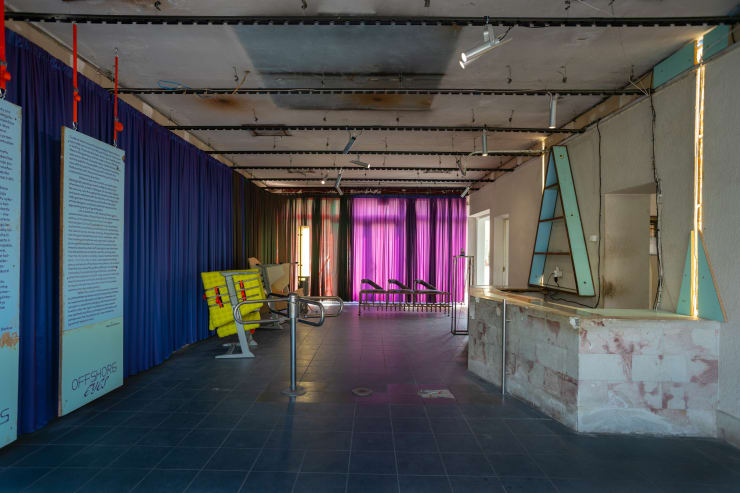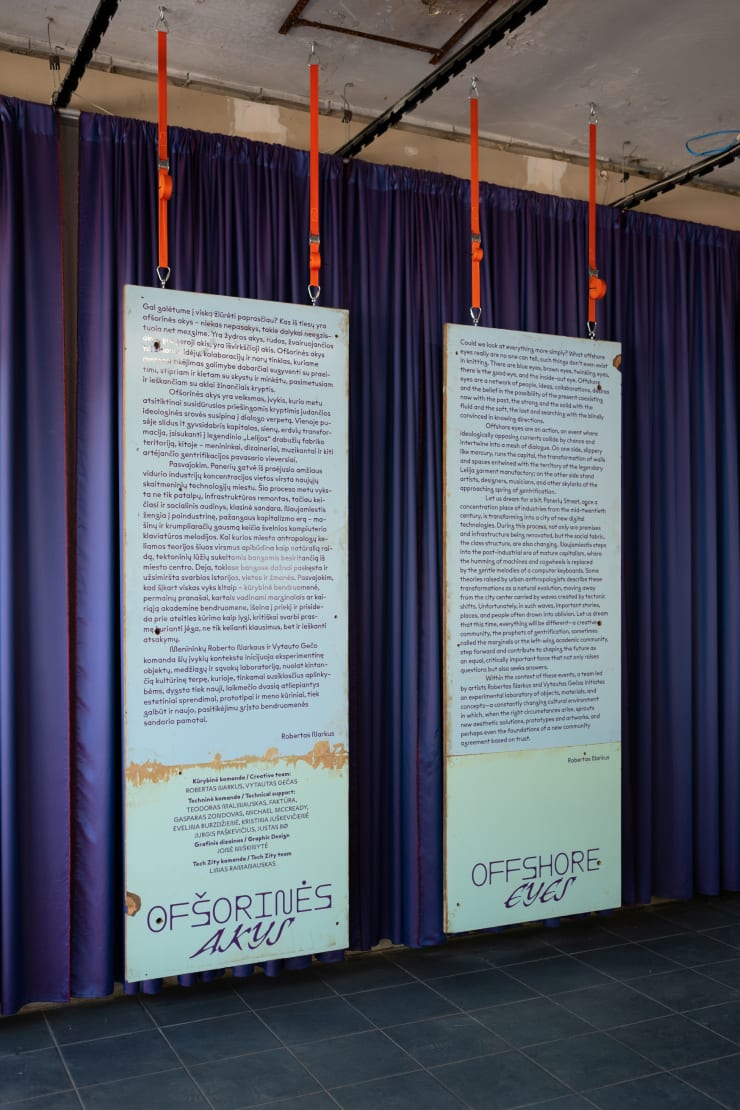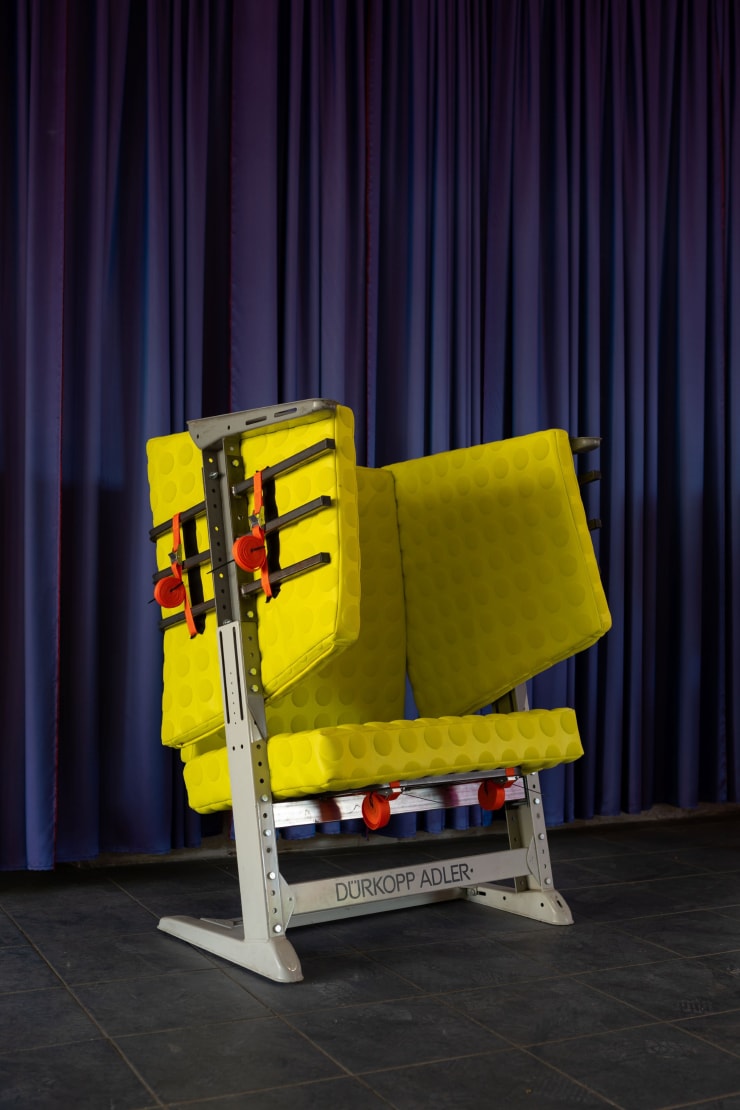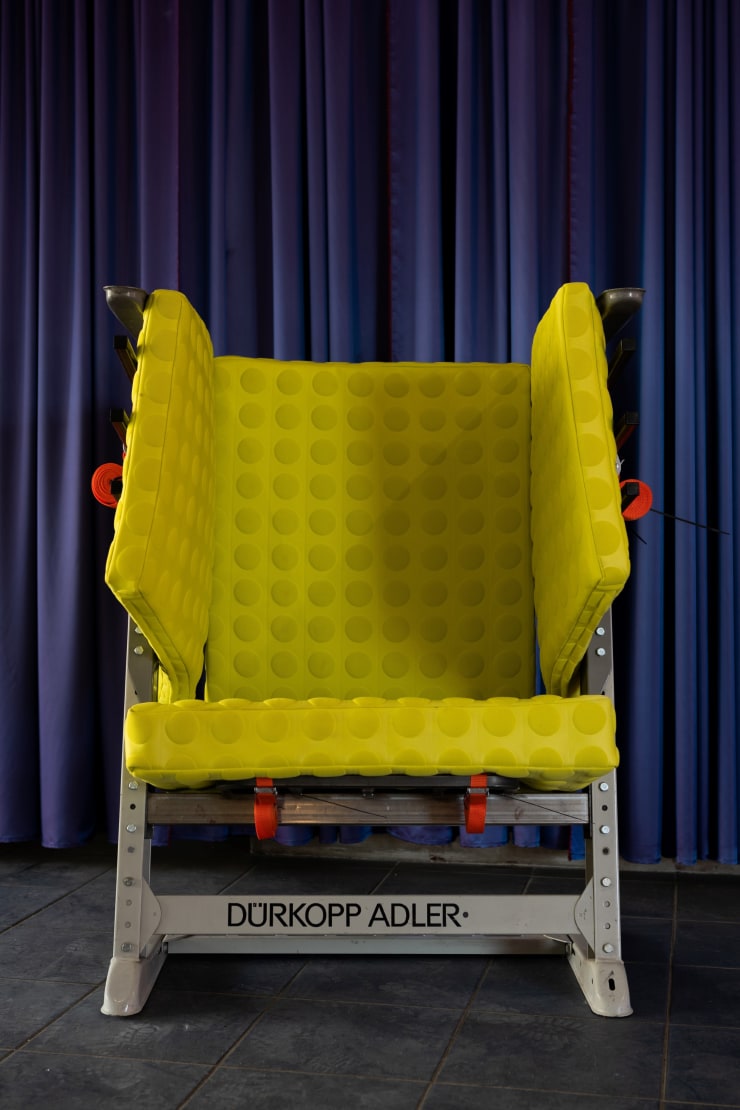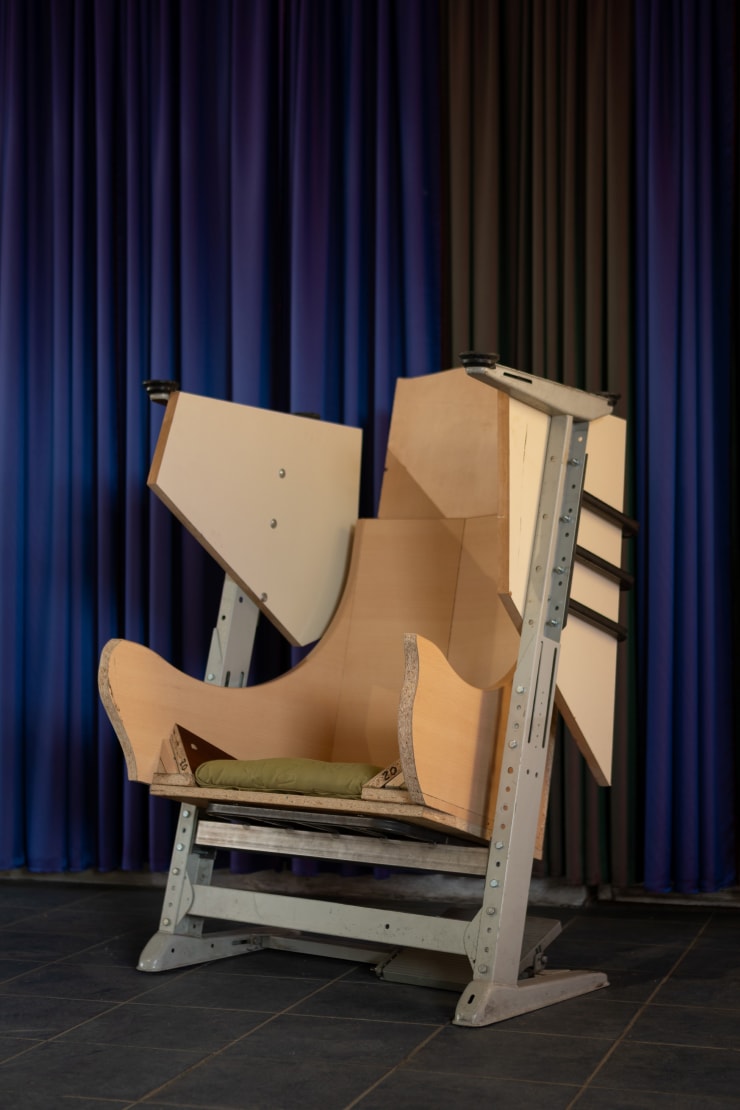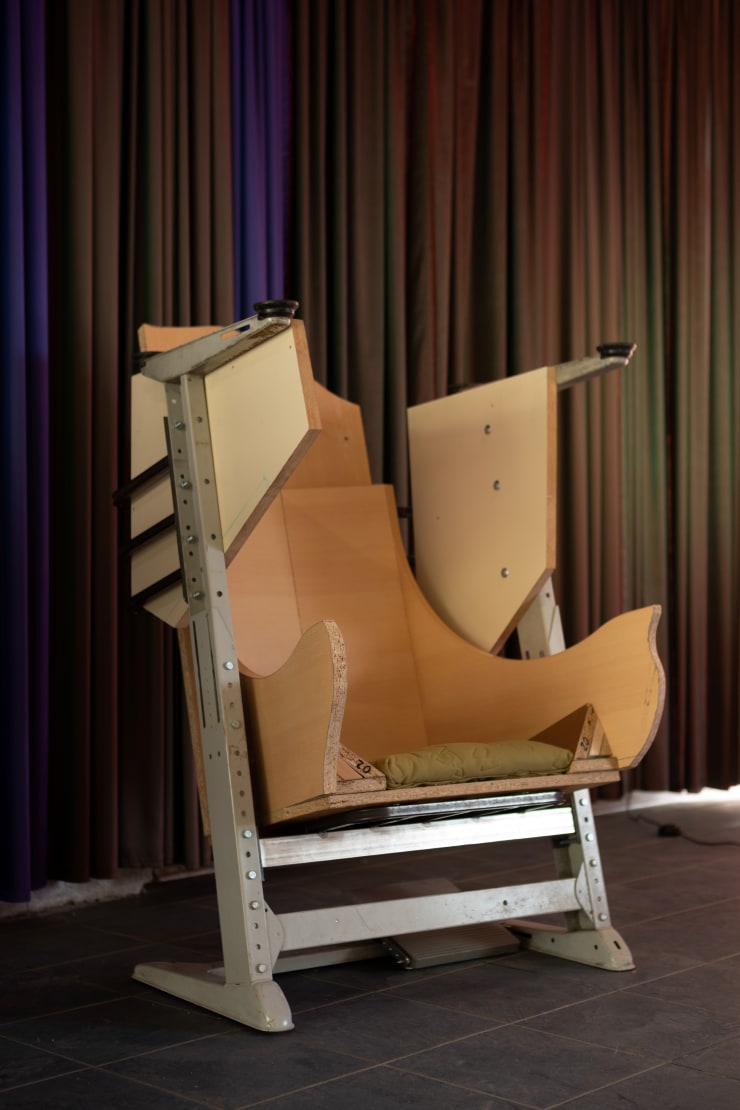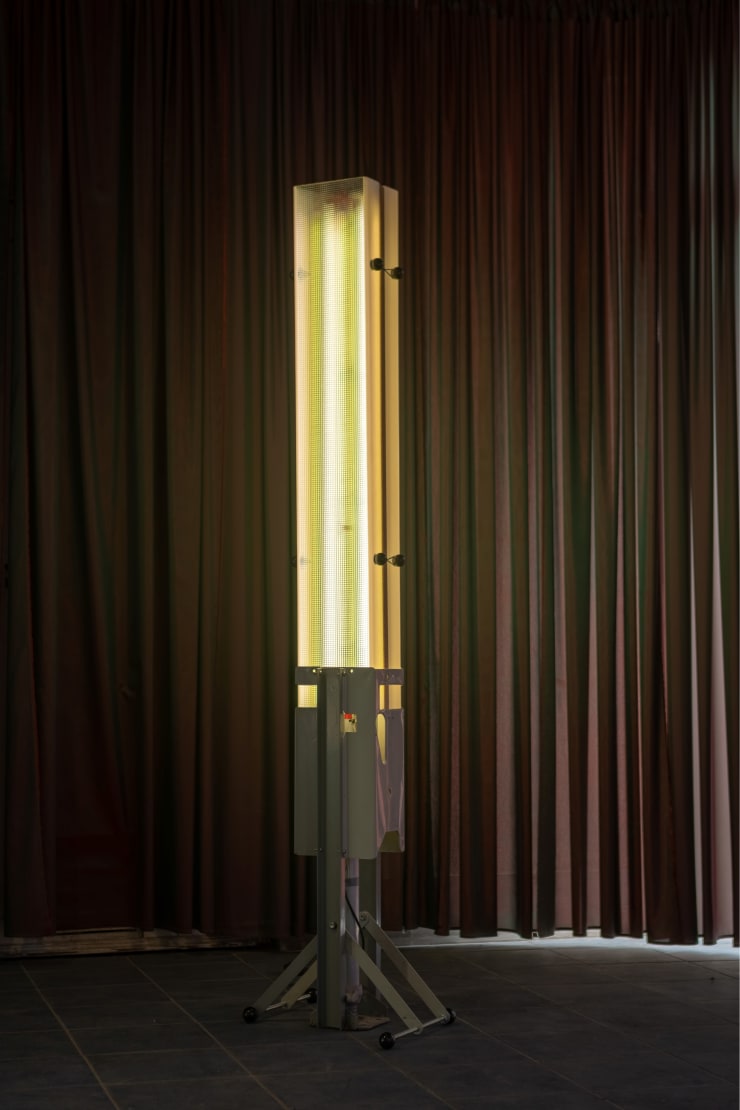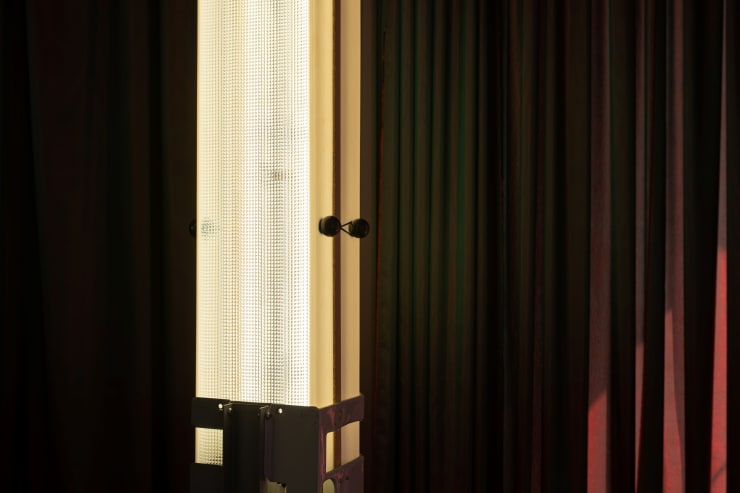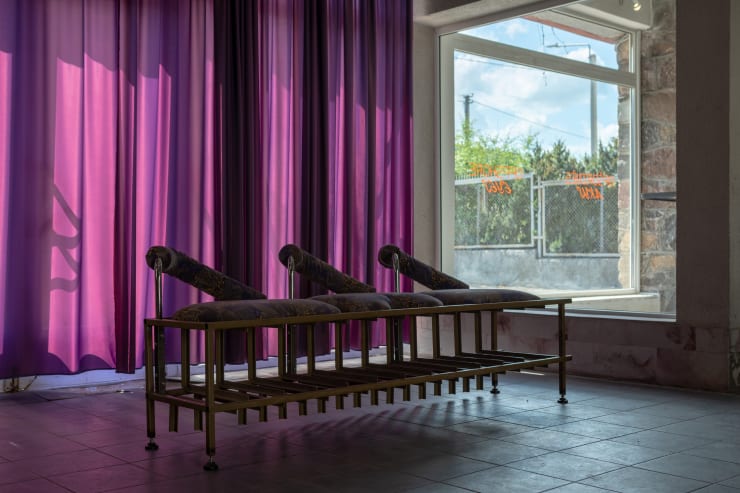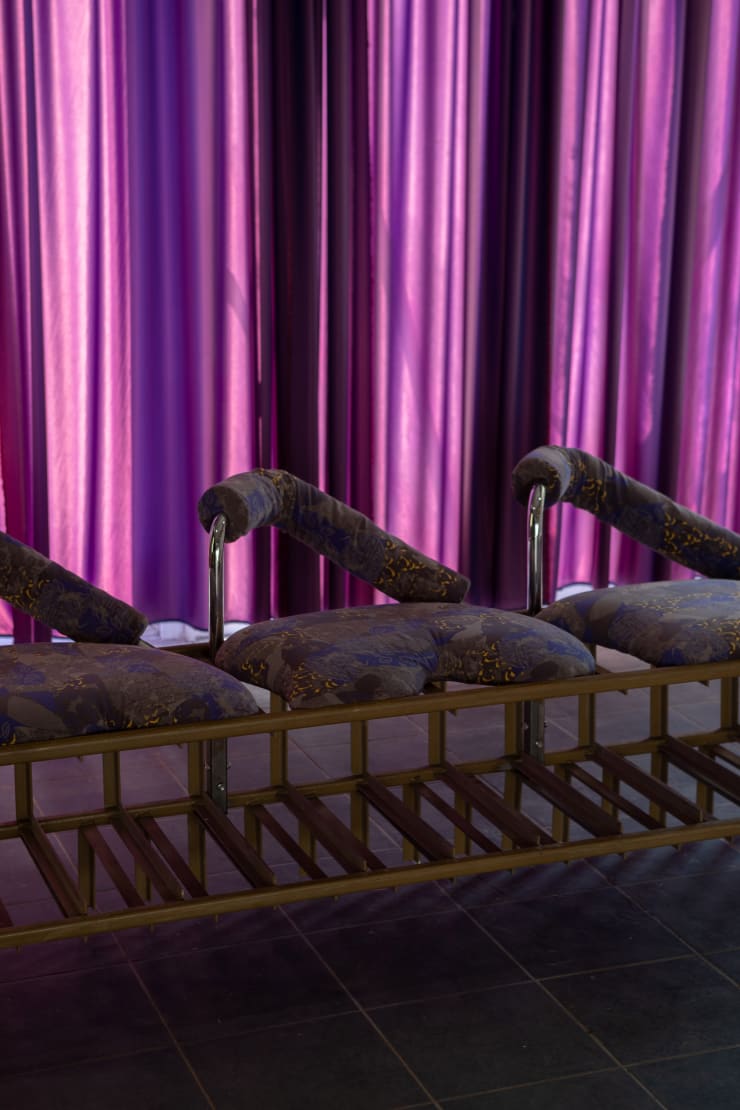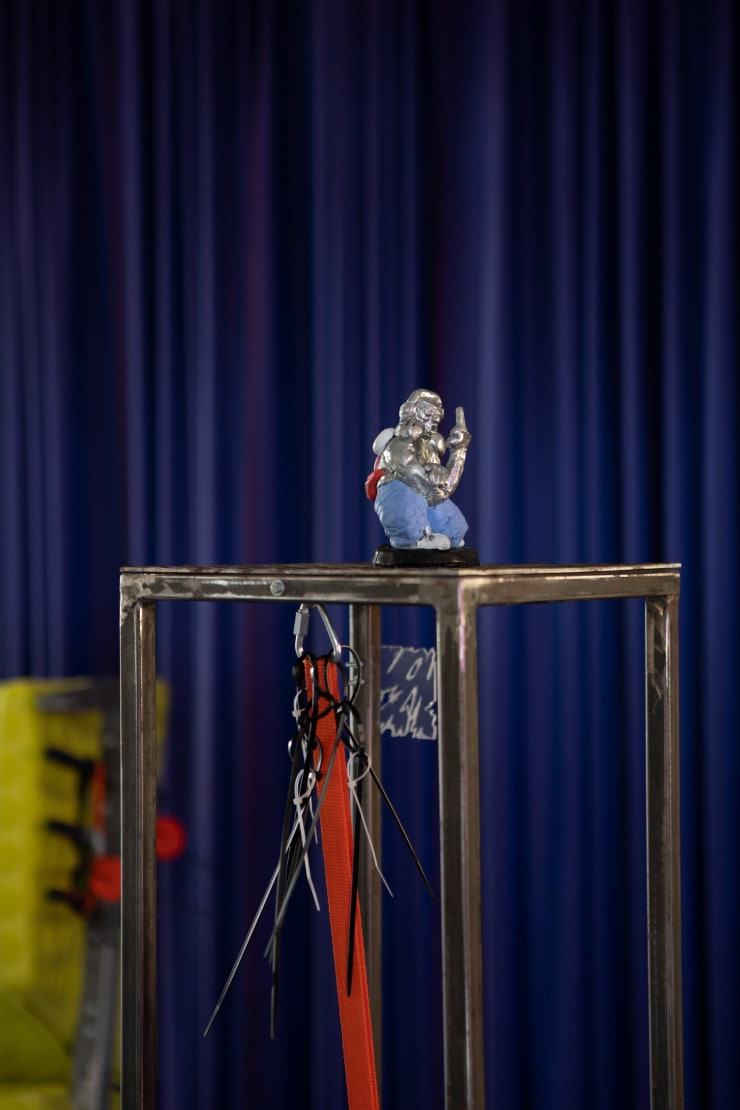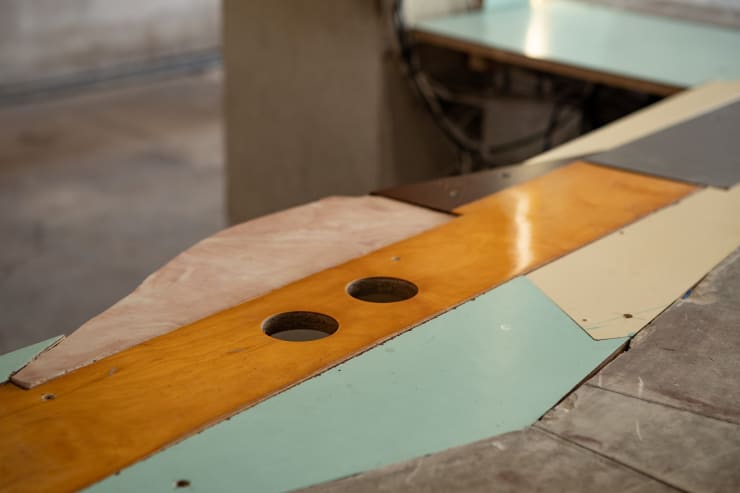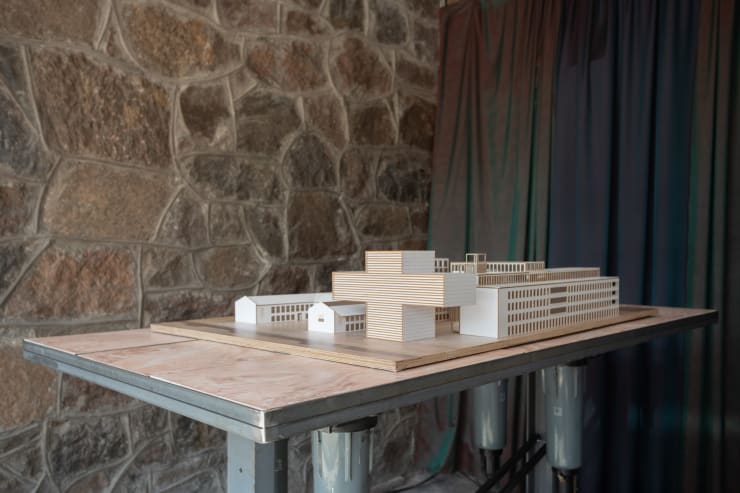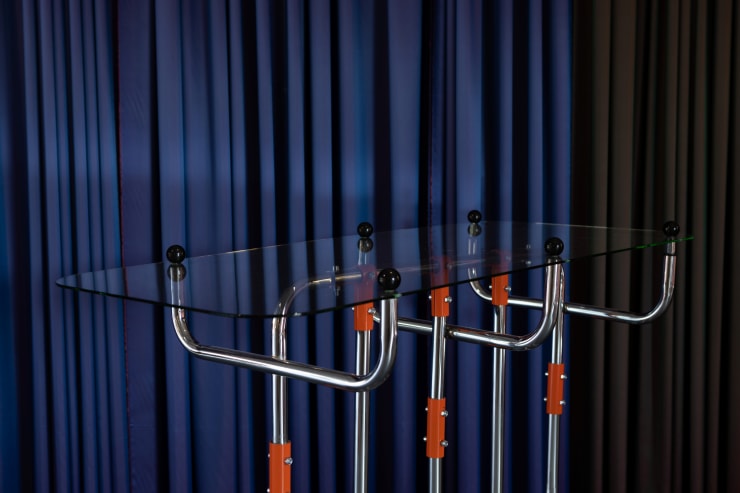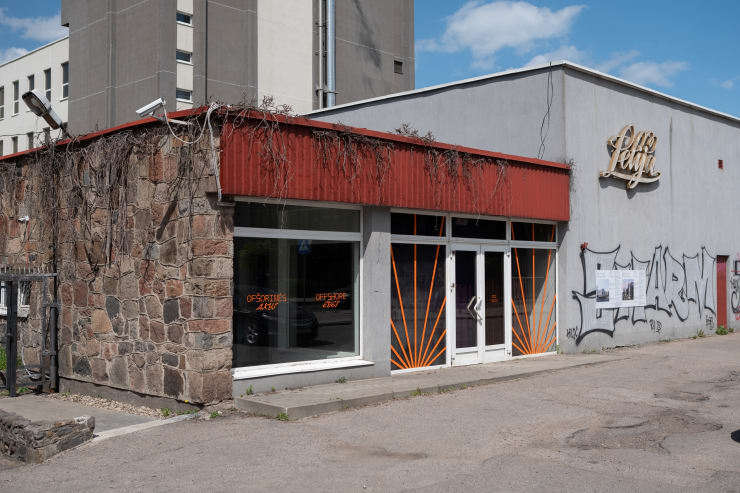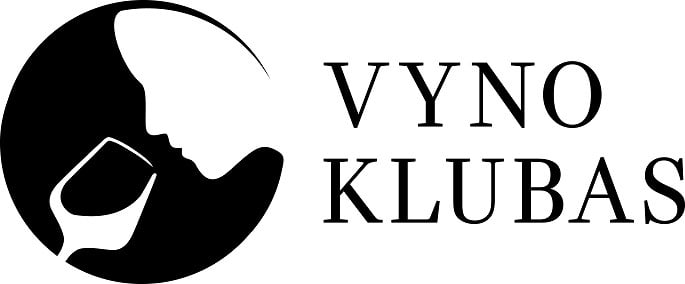It is a gratifying moment when the artists we represent collaborate and present great projects that expand the field beyond visual art.
Last year, intending to create the largest and most sustainable tech city in the region, the Tech Zity Vilnius team invited artists and designers Robertas Narkus and Vytautas Gečas to give new meanings to the objects and symbols of the industrial area.
The access control point of the former Lelia factory, which registered workers' arrival and departure times, became an open space for sustainable art, discussions and presentations. Led by artists Robertas Narkus and Vytautas Gečas, the team, in the context of the complex's transformation, initiated an experimental laboratory for objects, materials and concepts, an ever-changing cultural environment where, given the right circumstances, new aesthetic solutions, prototypes and artworks that reflect the spirit of the times, and the foundations for a new community transaction based on trust and confidence would sprout.
With his text, Robertas Narkus invites us to reflect on this and take a stand:
Could we look at everything more simply? What offshore eyes really are no one can tell, such things don't even exist in knitting. There are blue eyes, brown eyes, twinkling eyes, there is a good eye, and the inside-out eye. Offshore eyes are a network of people, ideas, collaborations, desires and the belief in the possibility of the present coexisting now with the past, the strong and the solid with the fluid and the soft, the lost and searching with the blindly convinced in knowing directions.
Offshore eyes are an action, an event where ideologically opposing currents collide by chance and intertwine into a mesh of dialogue. On one side, the capital, slippery like mercury, runs the transformation of walls and spaces entwined with the territory of the legendary Lelija garment manufactory; on the other side stand artists, designers, musicians, and other skylarks of the approaching spring of gentrification.
Let us dream for a bit. Panerių Street, once a place concentrated with industries from the mid-twentieth century, is transforming into a city of new digital technologies. During this process, not only the premises and infrastructure are renovated, but the social fabric, and the class structure, are also changing. Naujamiestis steps into the post-industrial era of mature capitalism, where the humming of machines and cogwheels is replaced by the gentle melodies of computer keyboards. Some theories raised by urban anthropologists describe these transformations as a natural evolution, moving away from the city centre carried by waves created by tectonic shifts. Unfortunately, in such waves, important stories, places, and people often drown in oblivion. Let us dream that this time, everything will be different - a creative community, the prophets of gentrification, sometimes called the marginals or the left-wing academic community, step forward and contribute to shaping the future as an equal, critically important force that not only raises questions but also seeks answers.

